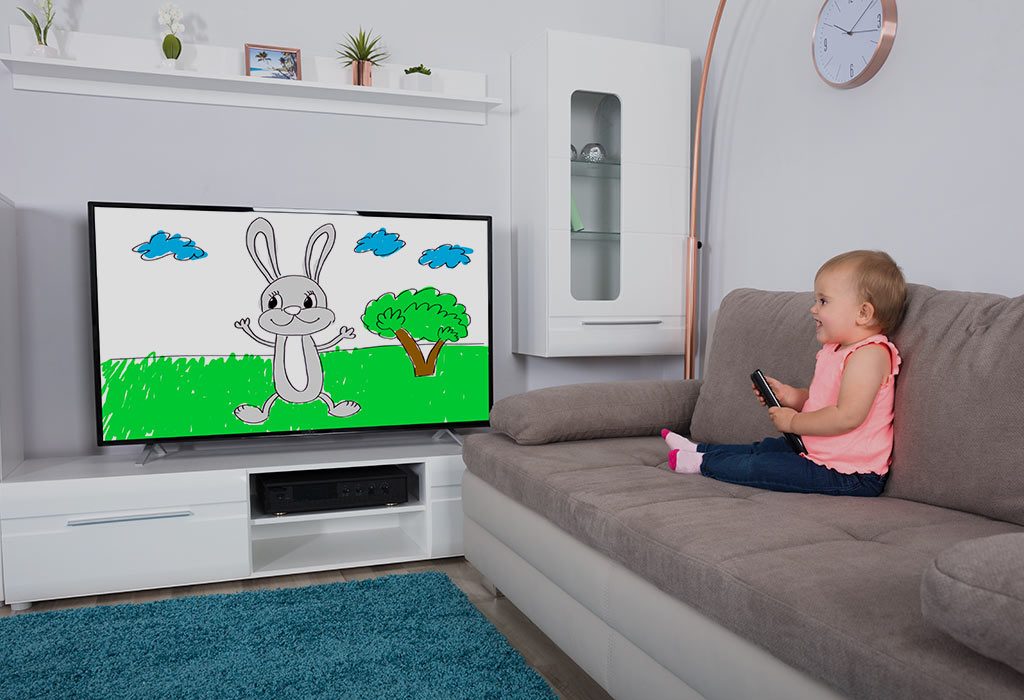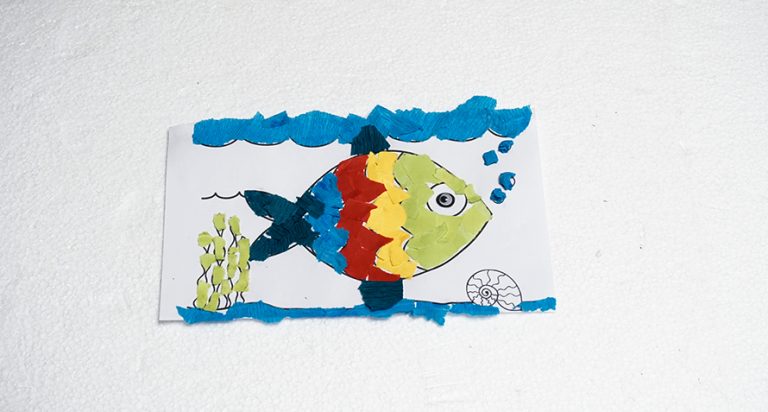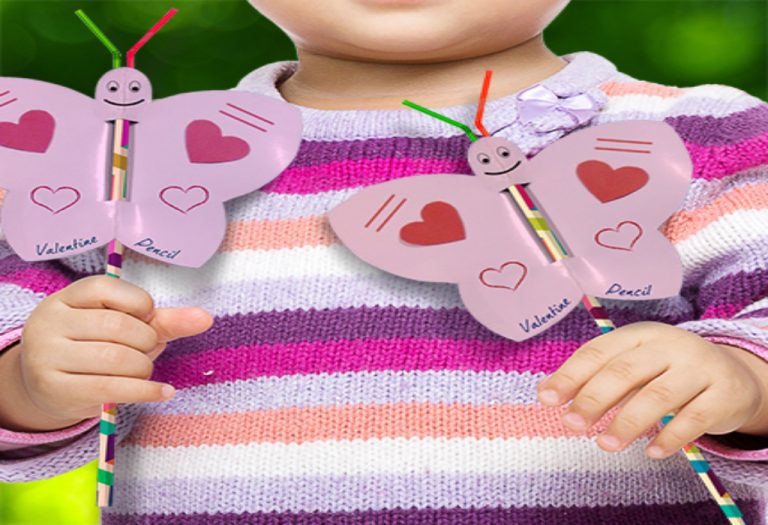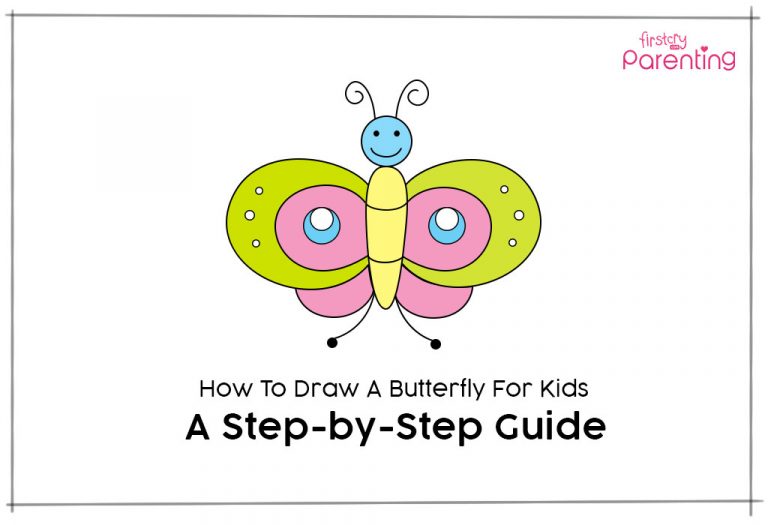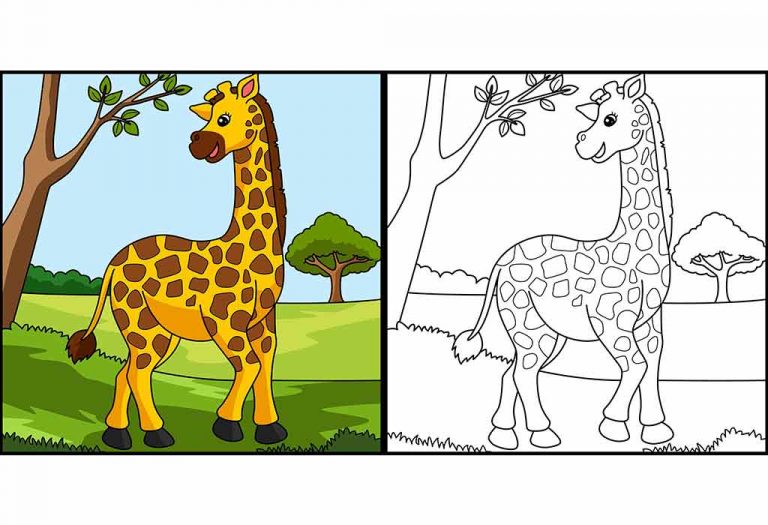Positive and Negative Effects of Cartoons on Child Behaviour and Development
Cartoons are an inevitable part of every child’s life. Since the emergence of cartoon films over a century ago, several generations of children have grown up watching animated films. A multitude of girls have fantasized about being princesses and boys have imagined themselves to be valiant knights after watching classic animated tales like Peter Pan, Aladdin and the Magic Lamp, Cinderella, Beauty and the Beast, etc.
However, cartoons can have both positive and negative effects on the cognitive development and behavior of a child. This article tells you all about the effects of cartoons on children and gives you tips on how to deal with their negative effects.
Positive Effects of Watching Cartoons on Children
The importance of cartoons for children can be seen from the various positive effects that cartoons have on child behavior and development. Here are some positive effects that cartoons can have on children:
1. Helps Children Get an Early Start on Learning
Cartoons can help kids get an early start on learning. The positive influence of cartoons on children can be seen especially in the case of educational cartoons that teach shapes, numbers, and colors. Such cartoons can teach basic things to children in a fun and interactive way, thus making learning an enjoyable activity. The moving, talking pictures and colorful visuals make learning interesting for children.
2. Helps in the Cognitive Development
Watching cartoons can help develop your child’s cognitive skills. It can help develop logic and reasoning ability, visual and auditory processing, and sustained and selective attention of a child.

3. Helps in the Language Development
Cartoons can expose your children to different languages, thus helping children in developing their linguistic abilities. Allowing them to watch cartoons in your native tongue, for example, can help them learn the language better. By watching different cartoons kids can also improve their pronunciation and their manner of talking.
4. Enhances Creativity
Watching cartoons help increase children’s imagination and creativity. Your child will be able to think of new ideas inspired by certain cartoons and come up with new stories or artwork based on the cartoons he watches.

5. Promotes Laughter and Relieves Stress
Children find cartoons amusing and often laugh out loud at the antics of the cartoon characters. Laughter is a good stress buster and a confidence builder. It also boosts immunity and causes the release of endorphins that cause us to have positive feelings.
6. Helps Kids Learn About Different Things
Watching cartoons is a great way to teach your kids about local customs, traditions, history, and mythology. For example, watching animated versions of the Ramayana or Mahabharata can teach kids about Indian mythology. Watching cartoons about Aesop’s Fables or Panchatantra can teach children about good morals, kindness, and compassion.

7. Fosters Emotional Intelligence
Watching cartoons can help children understand emotions and social cues portrayed by characters in various situations. This exposure aids in developing empathy, recognizing facial expressions, and understanding complex emotions, thus enhancing emotional intelligence.
8. Encourages Bonding and Family Time
Cartoons provide opportunities for families to bond and spend quality time together. Watching cartoons as a family can create cherished memories and facilitate discussions about themes, characters, and lessons portrayed in the shows, strengthening family relationships.
9. Teaches Problem-Solving Skills
Many cartoons present characters overcoming challenges and solving problems, which can serve as valuable lessons for children. By observing how characters tackle obstacles and find solutions, kids can learn critical thinking skills, resilience, and perseverance in the face of difficulties.
10. Cultivates Imagination
Cartoons often employ fantastical elements that stimulate children’s imagination. Experiencing imaginative storylines can nurture creativity, encouraging children to think outside the box and explore the boundless possibilities of their imagination.
Negative Impact of Watching Cartoons on Kids
While cartoons have many positive effects on children, they can also have negative effects on child behavior and development. Here are the various negative effects that cartoons can have on children.
1. Encourages Violence
Watching cartoons which depict violence can encourage children to become violent in real life. Also, due to the impact of violent cartoons on children, they may believe that no one gets hurt or feels pain since cartoons escape unscathed after experiencing violence or an accident. For example, characters in Tom and Jerry, The Road Runner, and Oggy and the Cockroaches often hit each other or cause each other to fall from heights, often without any real consequences.
2. Promotes Unruly Behavior and Lack of Empathy
There are several cartoons which show characters displaying rude or disobedient behavior towards their teachers and elders. Children may mimic this behavior and challenge their parents or teachers when they are disciplined for bad behavior.
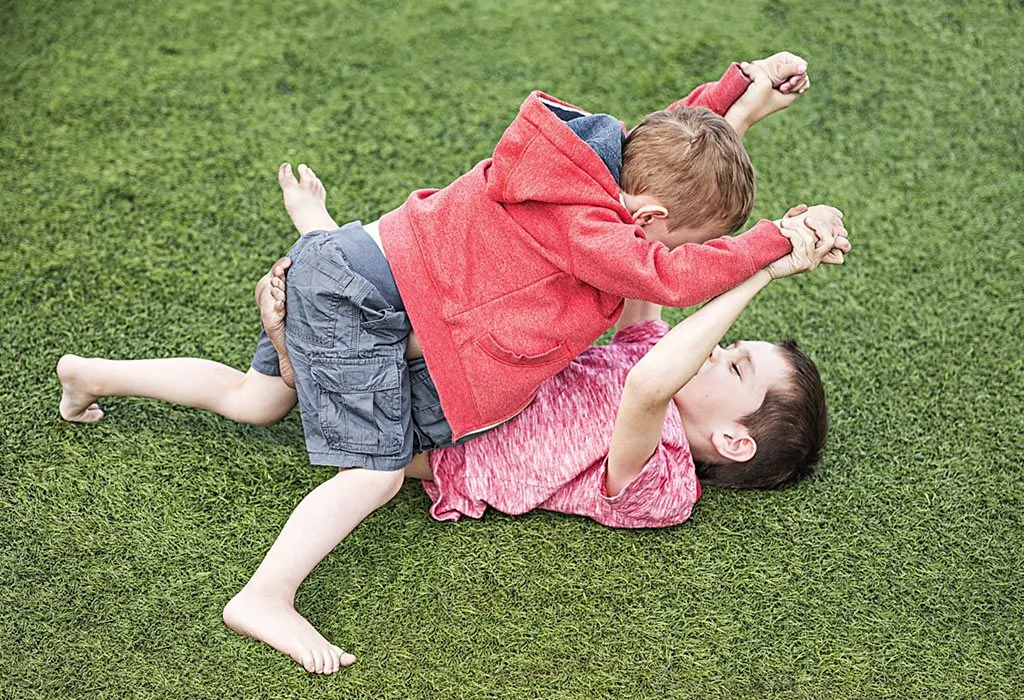
3. Promotes the Use of Foul Language
Cartoons often include language that is unfit for children. Children are impressionable, and they may start using bad language that they learn from cartoons in real life.
4. Encourages Unsocial Behavior
There are several cartoons which encourage antisocial behavior and give wrong messages to children. Then there are some cartoons that contain sexual innuendos, encourage aggression, and promote bratty behavior. These can affect your child’s behavior and make them think it is normal to be aggressive, spoiled, or violent.

5. May Lead to Health Problems Due to Sedentary Lifestyle
Too many hours of sitting in front of a screen watching cartoons can cause several health issues due to inactivity and a sedentary lifestyle. These include obesity, vision problems, and nutritional deficiencies due to bad food habits.
6. Promotes Bad Role Models
Children often idolize their favourite cartoon character and mimic them or aspire to be like them. Often, the object of their admiration could be a misleading role model who encourages the wrong habits or displays insensitive behavior towards fellow beings. This kind of impact of cartoons on children’s psychology can often lead to devastating consequences and result in children being withdrawn, uncommunicative, antisocial, or unruly.
7. Cartoon Addiction
“Cartoon addiction” refers to a condition where children develop a compulsive and excessive reliance on watching cartoons to the extent that it interferes with their daily activities, responsibilities, and overall well-being.
Tips for Parents to Deal With the Side Effects of Cartoons on a Child
Now that we have talked about the various advantages and disadvantages of cartoons and the impact of cartoons on children’s behavior, here are some tips for parents to deal with the negative side effects of cartoons:
1. Watch With Your Kids
Watching a cartoon with your kids will allow you to monitor what they see and also observe their reaction to various events in the storyline. It also helps you bond better with your child. Knowing what their favourite cartoon character is and laughing with them will help you understand your child’s way of thinking and improve your relationship with the child.
2. Limit the Number of Hours
Set a rule that limits the time for watching TV or cartoons to 1 hour a day, especially for young children. Encourage them to go out and play rather than sit and watch cartoons.
3. Select Appropriate or Educational Cartoons
Allow your child to watch only age-appropriate or educational cartoons that do not depict or encourage negative behavior.
4. Explain the Difference Between Cartoons and Reality
Explain the difference between cartoons and reality to your child. Teach your child about what is harmful, what is acceptable and what is not realistic. For example, you could explain to your child that although a character appears to have escaped unscathed after experiencing violence, this is not the case in real life.
5. Use Filtering and Monitoring Applications
Use parental control applications which have monitoring and filtering software to filter out inappropriate content and lock content which you do not want your child to access. Make sure you do not leave the child alone in front of the TV or iPad for hours without monitoring what they are watching.
6. Explore Informative Channels
Explore channels like Discovery, National Geographic, and Animal Planet for informative and educational content that will aid in the overall development of your child. You can also take them out to experience what they have seen on TV. For example, if they watch a program about the galaxy or solar system, you could take them on a visit to the planetarium and even point out constellations and planets to them in the night sky.
7. Watch Programs With Language Aids
Encourage your child to watch programs with language aids that help them learn letters of the alphabet, words, and rhymes.
8. Use Audio CDs
For storytime and rhymes, you can use audio CDs rather than cartoons, as this will encourage your child to be a better listener.
9. Do Not Let Them Eat Sitting In Front of the TV
Eating while watching the television or iPad sets the stage for a lifetime of bad eating habits such as binge eating and getting addicted to junk food. Children often tend to overeat when they are in front of a screen. They also tend to make unhealthy food choices. Eat together at the dining table as a family and avoid watching TV during mealtimes. This will help the kids focus on the meal and encourage them to eat nutritious food and stop when they are full.
FAQs
1. What age group of kids is suitable for watching cartoons?
Cartoons can be suitable for children of various ages, typically starting from toddlers to early teens. However, the content and themes should be age-appropriate, with parental guidance and supervision to ensure the content aligns with the child’s maturity level and values.
2. How much screen time is appropriate for kids?
The American Academy of Pediatrics recommends limiting screen time for children, with specific guidelines varying by age. Generally, for preschoolers aged 2 to 5, screen time should be limited to one hour per day of high-quality programming, while for older children and teenagers, screen time should be balanced with other healthy activities such as physical play, social interaction, and sleep.
3. Do cartoons impact children’s sleep patterns?
Excessive screen time, including watching cartoons close to bedtime, can disrupt children’s sleep patterns. The blue light emitted from screens can interfere with the body’s natural sleep-wake cycle, leading to difficulty falling asleep and poorer sleep quality. It’s advisable to establish a bedtime routine that includes winding down without screens to promote better sleep hygiene.
So, this was all about the effects of cartoons on children’s psychology and behavior patterns. Cartoons can have both positive and negative effects on children depending on what kind of cartoon they watch. By limiting children’s screen time and encouraging them to go outside and play, you can ensure that your children are healthier and happier. Following the tips listed will certainly help in avoiding the negative effects of cartoons on child development and behavior.
References/Resources:
1. Rajawat. D; Cartoon!!! And It’s Effects on Socio-Emotional Development of Preschoolers; IOSR Journal Of Humanities And Social Science; https://www.iosrjournals.org/iosr-jhss/papers/Vol.%2022%20Issue2/Version-1/C2202011319.pdf; February 2017
2. Koravi. V, Effects Of Cartoon Channels On The Behavior Of School Going Children – A Survey Study; International Ayurvedic Medical Journal; https://www.iamj.in/posts/images/upload/947_951.pdf
3. Wijethilaka. T; Effect of cartoons on children; ResearchGate; https://www.researchgate.net/publication/345066689_Effect_of_cartoons_on_children; October 2020
4. Klein. H, Shiffman. K, Messages about Physical Attractiveness in Animated Cartoons (Body Image); National Library of Medicine; https://www.ncbi.nlm.nih.gov/pmc/articles/PMC6110260/; December 2006
5. Akça. F, Çilekçiler. N; The Cartoon Characters with the Greatest Influence on Preschool Children and the Digital Dangers They Can Be Exposed to While Identifying with These Characters (Addicta: the Turkish journal on addictions); Turkish Green Crescent Society; https://www.addicta.com.tr/Content/files/sayilar/12/Extended%20Abstract(8).pdf
Also Read:
Stages of Child Growth & Development
Role of the Family in Child’s Development
Factors Affecting Child Growth and Development
Impact of Watching Television (TV) on Children


